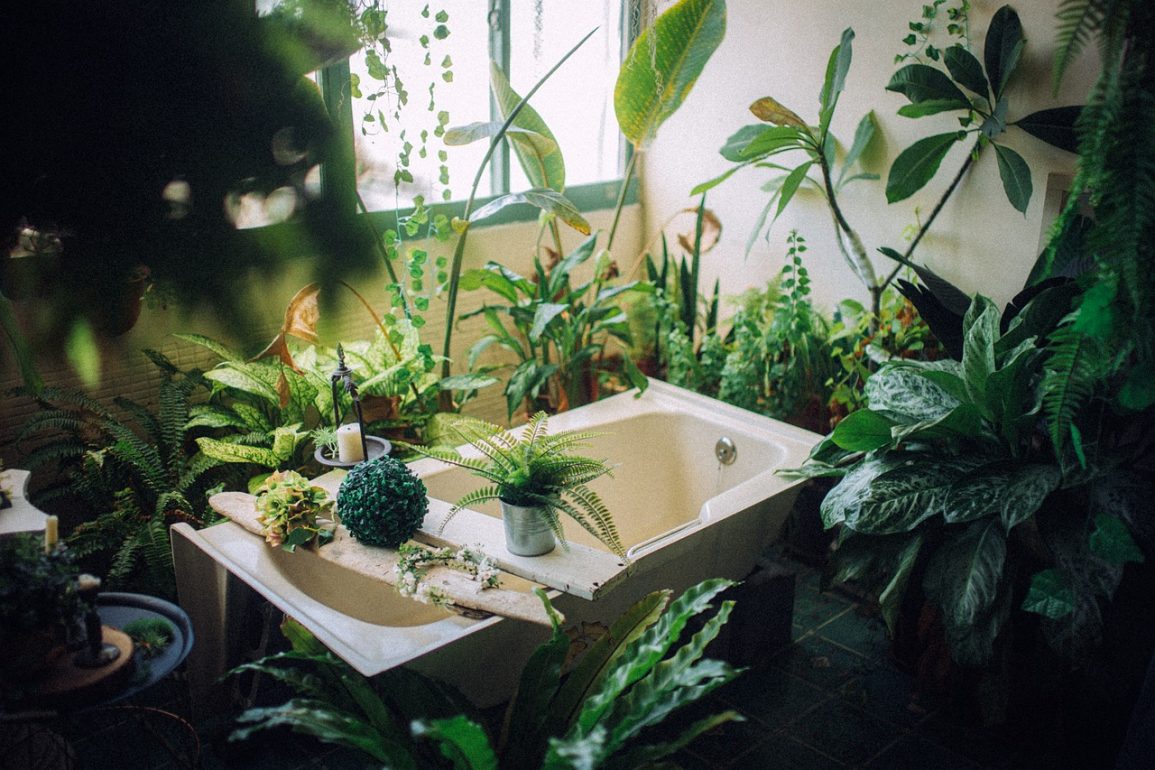Indoor Plant Care with Kikkerland – Indoor plants offer numerous benefits, both aesthetic and practical. They can help remove toxins and pollutants from the air, such as formaldehyde, benzene, and ammonia. They absorb these pollutants and release oxygen, making the air in your home fresher and healthier to breathe.
Indoor plants can improve your mood, increase productivity, and reduce mental fatigue, adding a touch of nature to indoor spaces, which can create a more pleasant and relaxed atmosphere.
It’s important to note that different plants have varying care requirements, so it’s essential to choose plants that suit your lifestyle and the conditions in your home. With proper care, indoor plants can thrive and provide these benefits for years to come.
Successfully growing indoor plants requires attention to several key factors to ensure they thrive. Here are some tips to help you cultivate healthy and vibrant indoor plants:
Choose the Right Plant: Select indoor plants that are well-suited to your home’s conditions, such as lighting, temperature, and humidity. Some common low-maintenance indoor plants include snake plants, pothos, spider plants, and peace lilies.
Provide Adequate Lighting: Proper lighting is crucial for indoor plants. Different plants have varying light requirements (low, medium, or high). Research your plant’s specific needs and place it in an appropriate location. South-facing windows typically receive the most sunlight, while north-facing windows get the least.
Watering: Overwatering is a common mistake. Water your plants when the top inch or two of soil is dry to the touch, but not bone dry. Use a well-draining potting mix and containers with drainage holes to prevent waterlogged soil.

Humidity: Some indoor plants, like tropical varieties, prefer higher humidity levels. You can increase humidity by misting the plants, placing a tray of water near them, or using a humidifier. Try the Kikkerland Glass Mister. The pump ring finger holder allows easy spraying of plants and is an ideal accessory to help keep your foliage vibrant and healthy.
Temperature: Maintain a consistent temperature for your plants. Most indoor plants prefer temperatures between 60-75°F (15-24°C). Avoid placing plants near drafts, radiators, or air conditioning units.
Fertilize Appropriately: Indoor plants typically need fertilization during the growing season (spring and summer). Use a balanced, water-soluble fertilizer and follow the recommended dosage on the label. Don’t over-fertilize, as it can harm your plants.

Pruning and Maintenance: Regularly prune your plants to encourage healthy growth and remove dead or damaged leaves. Cleaning the leaves with a damp cloth can also help them breathe and photosynthesize better. We love the Kikkerland Leaf Cleaning Tongs that safely remove dust from your plant leaves without damaging them. These cleverly designed tongs are held together with magnets and separate for cleaning larger leaves.
Pest and Disease Control: Keep an eye out for pests like aphids, mealybugs, or spider mites. If you notice signs of infestation, treat your plants promptly with appropriate methods or organic pest control options.
Repot When Necessary: As indoor plants grow, they may outgrow their containers. Repot them into slightly larger pots when you see their roots becoming root-bound. Use fresh potting soil during repotting.
Support and Training: Some plants, like vining varieties, may benefit from support or training. Use stakes, trellises, or other supports to help them grow upward or maintain their shape.
Rotation: Rotate your plants periodically to ensure even growth. This prevents them from leaning towards the light source and becoming lopsided.
Patience: Remember that plants take time to grow and adapt to their environment. Be patient and avoid making sudden changes to their care routine.
Learn About Your Plants: Each plant may have unique care requirements, so take the time to research and understand the specific needs of your indoor plants.
Observation: Pay attention to your plants and how they respond to your care. Adjust your care routine based on their condition and growth patterns.
By following these tips and giving your indoor plants the care and attention, they need, you can create a healthy and thriving indoor garden.
Growing indoor plants can be a sustainable and eco-friendly way to improve your living environment. They contribute to a healthier ecosystem in your home and studies have shown that the presence of indoor plants can reduce stress and improve overall well-being. The act of caring for plants and simply being around them can have a calming and soothing effect.
Lilly Light


